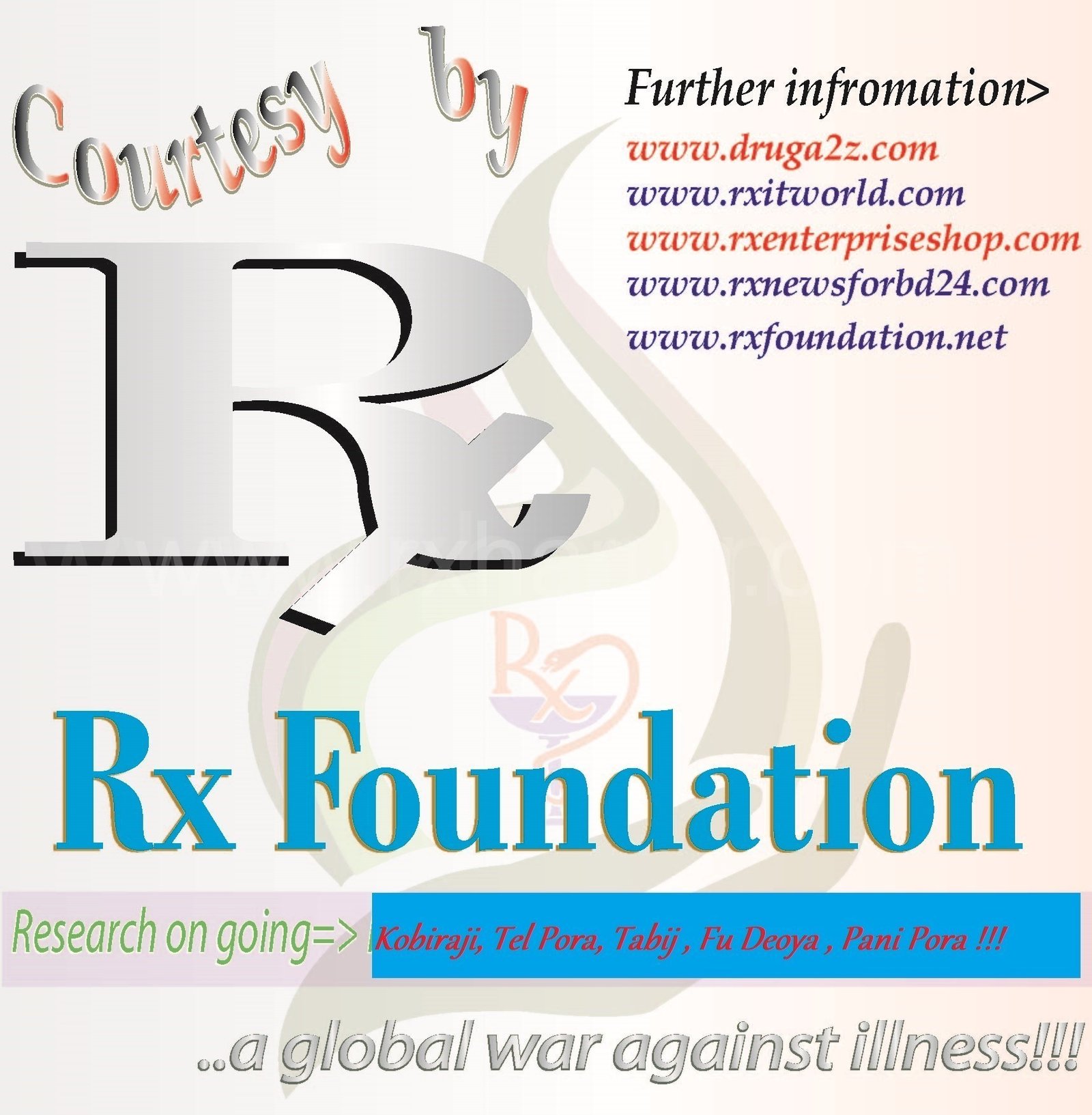Mechanism of Action of Cefamandole
Like all beta-lactam antibiotics, cefamandole binds to specific penicillin-binding proteins (PBPs) located inside the bacterial cell wall, causing the inhibition of the third and last stage of bacterial cell wall synthesis. Cell lysis is then mediated by bacterial cell wall autolytic enzymes such as autolysins; it is possible that cefamandole interferes with an autolysin inhibitor.The bactericidal action of cefamandole results from inhibition of cell-wall synthesis. Cephalosporins have in vitro activity against a wide range of gram-positive and gram-negative organisms.
Indications of Cefamandole
- Pneumonia
- Skin or soft tissue infection
- Surgical prophylaxis
- Urinary tract infection
- Aspiration pneumonia cesarean section
- Bronchitis
- Tonsillitis
- Endometritis
- Flu caused by Influenza
- Infected animal bite
- Intra-Abdominal Infections
- Lower respiratory tract infection bacterial
- Peritonitis
- Skin and Subcutaneous Tissue Bacterial Infections
- Skin and skin structure infections caused by Staphylococcus aureus
Contra-Indications of Cefamandole
- Clostridium difficile infection
- The decrease in the blood-clotting protein prothrombin
- Severe renal impairment
- Inadequate vitamin K
- Hemolytic anemia
- Liver problems
- Interstitial nephritis
- Subacute cutaneous lupus erythematosus
- Systemic lupus erythematosus
- Allergies cephalosporins & beta-lactams
Dosage of Cefamandole
Strengths: 500 mg to 1 g
Pneumonia
- The usual dosage range for cefamandole (cefamandole) e is 500 mg to 1 g every 4 to 8 hours.
Infections of skin structures
- 500 mg every 6 hours is adequate.
Uncomplicated pneumonia,
- 500 mg every 6 hours is adequate.
Uncomplicated urinary tract infections,
- 500 mg every 8 hours is sufficient. In more
- serious urinary tract infections, a dosage of 1 g every 8 hours may be needed.
- In severe infections, 1-g doses may be given at 4 to 6-hour intervals.
In life-threatening infections or infections due to less susceptible organisms,
- doses up to 2 g every 4 hours (ie, 12 g/day) may be needed.
Infants and Children
- Administration of 50 to 100 mg/kg/ day in equally divided doses every 4 to 8 hours has been effective for most infections susceptible to (cefamandole).
- This may be increased to a total daily dose of 150 mg/kg (not to exceed the maximum adult dose) for severe infections.
Side Effects
The most common
- Skin color change, mild diarrhea
- Mild nausea
- Loss of appetite
- vaginal discharge and itching
- Swelling of feet or legs
- chest pain
- constipation
- a cough
- diarrhea or loose stools
- difficulty with breathing
- dizziness
- heartburn
More common
- Abdominal or stomach pain, discomfort, or tenderness
- chills or fever
- difficulty with moving
- a headache, severe and throbbing
- joint or back pain
- muscle aching or cramping
- muscle pains or stiffness
- chest pressure or squeezing pain in the chest
- excessive sweating
- feeling of heaviness, pain, warmth and/or swelling in a leg or in the pelvis
- sudden tingling or coldness in an arm or leg
- sudden slow or difficult speech
- sudden drowsiness or need to sleep
- fast breathing
- sharp pain when taking a deep breath
- fast or slow heartbeat
- coughing up blood
- rust colored urine
- decreased amount of urine
Rare
- Anxiety
- change in vision
- seizures
- abnormal or fast heart rate
- tremors
- weight loss
- chest pain or tightness
- confusion
- a cough
- Agitation
- arm, back, or jaw pain
- blurred vision
- chest pain or discomfort
- convulsions
- extra heartbeats
- fainting
- hallucinations
- a headache
- irritability
- lightheadedness
- mood or mental changes
- muscle pain or cramps
Drug Interactions of Cefamandole
Cefamandole may interact with the following drugs, supplements, & may change the efficacy of drugs
- aminoglycoside antibiotics (e.g., gentamicin, tobramycin)
- probenecid
- typhoid vaccine
- cholera vaccine,
- amoxicillin
- Aspirin Low Strength (aspirin)
- Diphenhydramine
- Rosuvastatin
- Duloxetine
- Albuterol
- Topiramate
- Carbamazepine
- Vitamin B12 (cyanocobalamin)
- Vitamin D3 (cholecalciferol)
- Alprazolam
- Cetirizine
- Phenprocoumon
- Picosulfuric acid
- Warfarin
Pregnancy Catagory of Cefamandole
FDA Pregnancy Category B
Pregnancy
There are no well-done studies that have been done in humans with Cefamandole. But in animal studies, pregnant animals were given this medication, and the babies did not show any medical issues related to this medication.
Lactation
In animal studies, pregnant animals were given Cefamandole, and some babies had problems. But in human studies, pregnant women were given this medication and their babies did not have any problems related to this medication.
References



Visitor Rating: 5 Stars